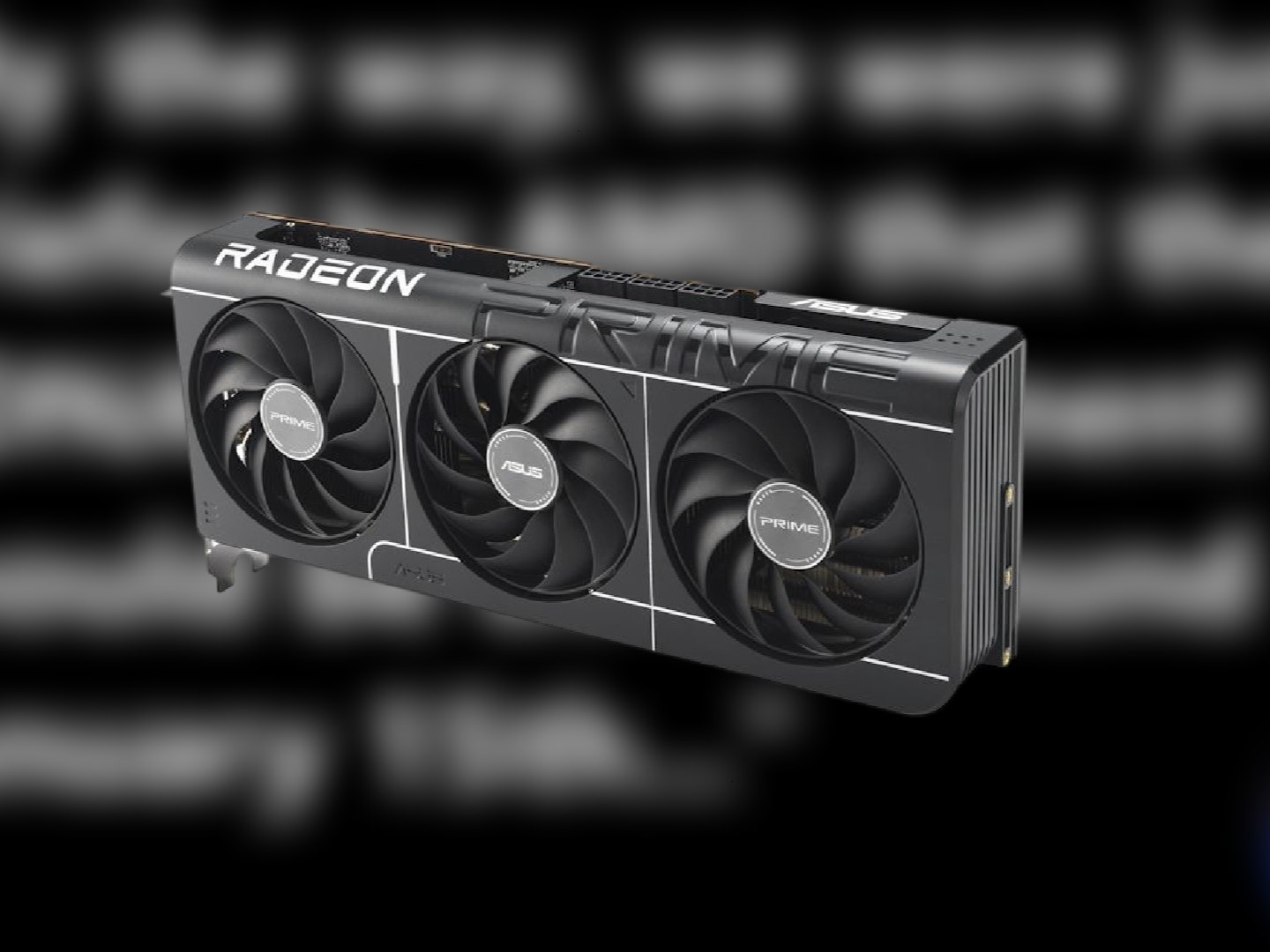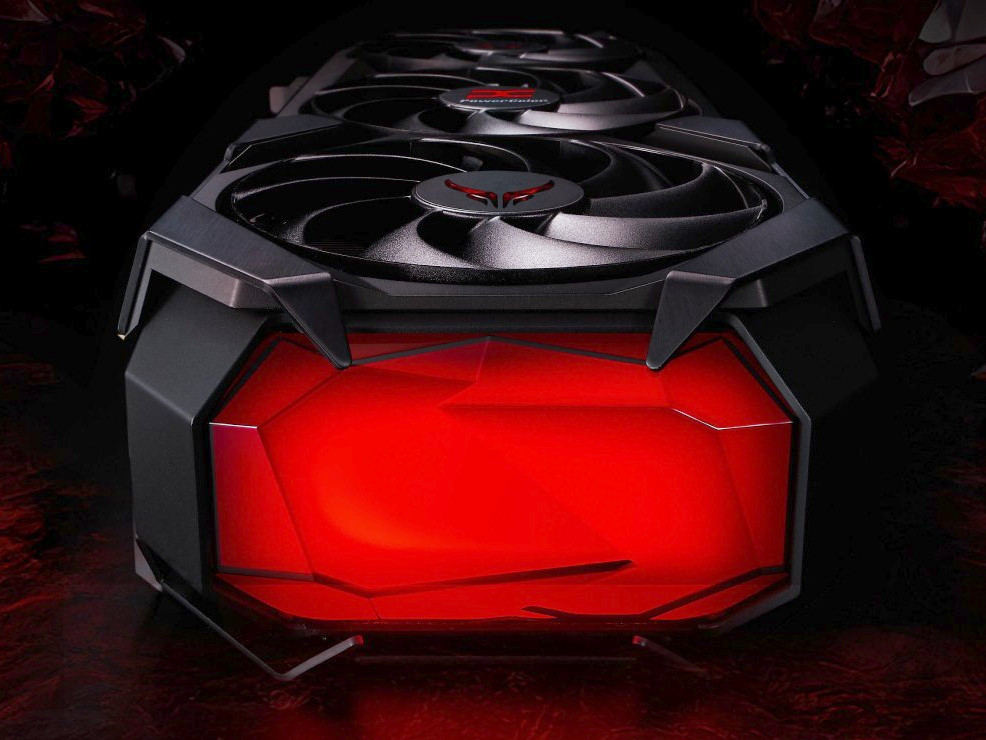AMD caught many off guard by not showcasing the upcoming RDNA 4 desktop GPUs during CES 2025. Enthusiasts are now left guessing about the specifications, performance, and pricing of the RX 9070 and RX 9070 XT. Fortunately, it seems that the complete announcement for RDNA 4 is nearing, and we won’t have to wait long to see these graphics cards perform.
Upcoming Announcement
A source from Moore’s Law Is Dead claims to have been contacted by AMD about the full reveal of the RX 9070 and 9070 XT, which is supposedly set for “on or around January 15th.” Furthermore, a rumor on Chiphell indicates that the review embargo for the RX 9070/XT is expected to lift on January 22. If this information is accurate, there would be a one-week gap between the official reveal and the reviews, leading to potential sales starting before the end of the month.
Strategic Timing
It’s possible that AMD chose not to unveil the RX 9070 cards at CES 2025 to assess the RTX 50 series from Nvidia. With knowledge of Nvidia’s strategy, AMD could be planning to launch the RX 9070 XT just before Nvidia’s February release at a reportedly lower price, which could diminish Nvidia’s impact.
Performance Expectations
Recent leaks suggest that the RX 9070’s performance is similar to that of the RX 7900 XT, while the RX 9070 XT is said to sit between the RTX 4080 Super and RX 7900 XTX. The anticipated price for the RX 9070 XT is between $479 and $550, positioning it as a potential price/performance leader, especially since AMD appears to have enhanced ray tracing capabilities as well.
On top of that, since the RX 9070 is expected to be cheaper than the RX 9070 XT, there’s a chance we could see an impressive sub-$500 GPU featuring 16 GB of RAM.
impressive sub-$500 GPU featuring 16 GB of RAM
Competitive Landscape
Regardless of the final specs, it’s evident that if the RX 9070 and RX 9070 XT deliver the reported performance, Nvidia’s mid-range RTX 5070 and RTX 5070 Ti are likely to face tough competition. This situation excites many, as a significant number of gamers tend to look for mid-range GPUs. Thus, intense competition between AMD and Nvidia in this area could lead to better options for gamers.






